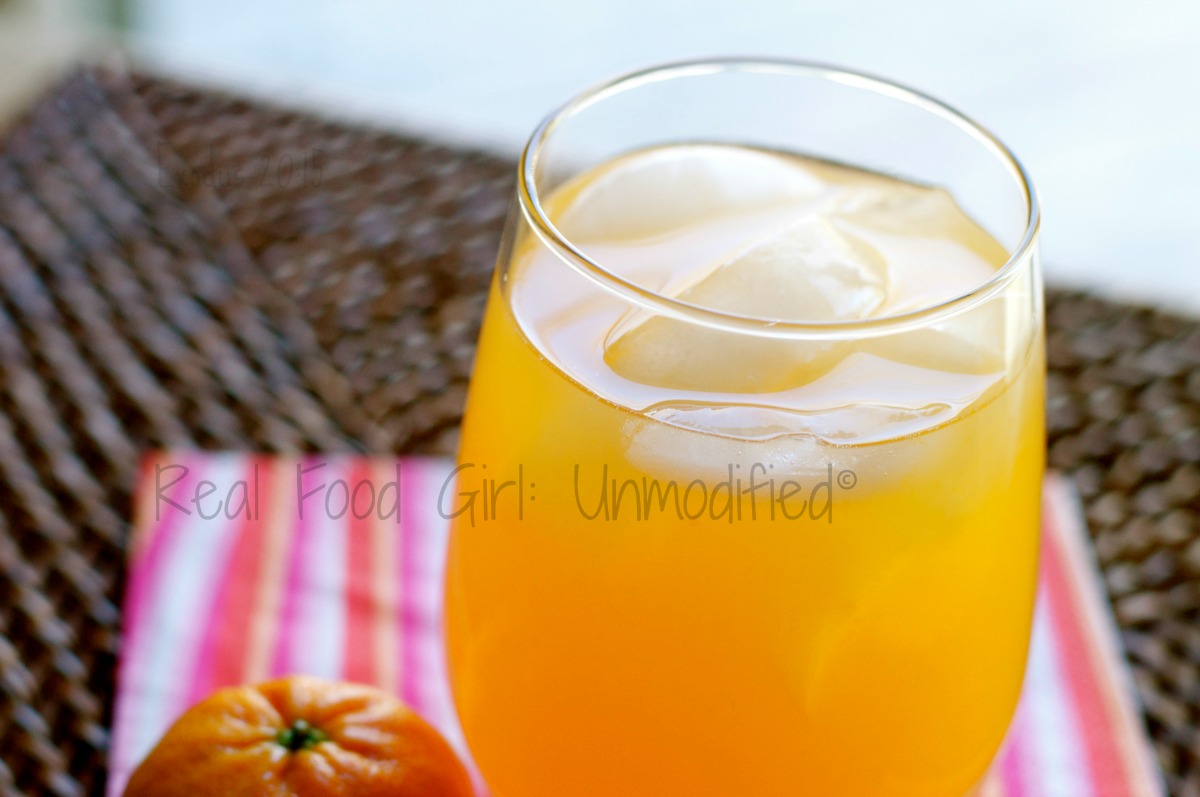
Real Food Electrolyte Drink
Today I thought I’d put on my Scientist Girl Hat (and my Mechanic Girl Hat) and share with you some information about electrolytes. One of the symptoms of the Hypercalcemia that I’m dealing with is that my electrolytes are all out of whack. Additionally a result of the abnormal parathyroid hormone levels in my blood, my body isn’t able to regulate its electrical system at all- which causes extra stress on a person’s heart, kidney’s and pancreas. Your parathyroid glands control and help regulate your body’s electrical system so when those aren’t functioning properly, you can imagine how off-kilter things become.
Think of it like this. Your car needs motor oil for the engine to run smoothly and efficiently. If you never change your oil, never replenish what your engine needs to eliminate excessive wear, heat, and damage, then one day as you’re driving down the road, your engine will just seize. All those hot, rapidly moving, metal parts were no longer getting proper lubrication and BAM- your engine hit the metaphorical equivalent of a brick wall at 70 mph.
So it is with our bodies. They need electrolytes in order to run smoothly and efficiently. Our bodies need a Real Food electrolyte drink vs. something synthetic. So I came up with one. Because I’m super cool like that.
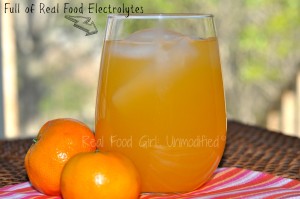
What Exactly Are Electrolytes?
According to Barron’s Dictionary of Medical Terms Electrolytes are defined as:
“n. chemical (element or compound) in the body that when dissolved produces ions, conducts an electric current, and is itself changed in the process. The proper amount and equilibrium of certain electrolytes (e.g. calcium, sodium, potassium) in the body is essential in the body for normal functioning, with a deficiency or excess of a particular electrolyte usually producing characteristic symptoms. The normal electrolyte balance may be disturbed by many disorders, including prolonged diarrhea or vomiting, kidney malfunction, or malnutrition, or by disturbed activity of the adrenal cortex, pancreas, pituitary, or other gland.”
Who knew something as simple as electrolytes could cause so much trouble if you had an imbalance. I guess all someone would need to do in order to maintain or restore balance of their electrolytes would be to chug a bottle of one of the many Gatorade®-type electrolyte drinks on the market, right? Wrong. Sorry to burst your bubble. What you want is a Real Food Electrolyte Drink and let me show you why. Come and take a look at the ingredients in a bottle of orange flavored Gatorade®, shall we? I think you’ll want to see that this isn’t a Real Food electrolyte drink.
Ingredients of Gatorade®: WATER, SUCROSE, DEXTROSE, CITRIC ACID, NATURAL FLAVOR, SALT, SODIUM CITRATE, MONOPOTASSIUM PHOSPHATE, GUM ARABIC, YELLOW 6, GLYCEROL ESTER OF ROSIN, BROMINATED VEGETABLE OIL (Source)
Sounds super yummy, right? Wrong again! You get a bottle of Water, two types of sugar, Sucrose and Dextrose, which is really just Glucose but because consumers have a negative opinion of Glucose, manufacturers will use the word Dextrose instead. These sugars release more slowly into the blood stream so you can get a sustained amount of energy from the sugars. Keep in mind that Sucrose is commonly known as table sugar and unless it says organic cane sugar it’s sugar from GMO sugar beets. There is nothing Real Food about that at all. Up next is Citric Acid because heaven forbid we just squeeze a real lemon or orange into the mix. Then we see Natural Flavor, which is a fancy way to say ‘fake chemical flavoring of a natural product’–like an orange. Oranges are natural, so they can get away with calling it a natural flavoring. It may also mean a form of MSG. We’ve been taught to be wary of the term ‘Natural Flavor(ings)’ on ingredient labels. Alright, then there’s Salt and Sodium Citrate which is the sodium salt of citric acid. Like citric acid, it has a sour taste. Like other salts, it also has a salty taste. It is commonly known as sour salt and is mainly used as a food additive, usually for flavor or as a preservative. (Source)
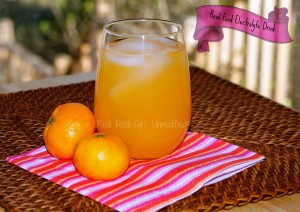
Moving on we see Monopotassium Phosphate which is a soluble salt which is used as a fertilizer, a food additive and a fungicide. It is a source of phosphorus and potassium. It is also a buffering agent. (Source) Thirsty yet? Next up is Gum Arabic, which is a type of gum that is used in everything from a food stabilizer to inks and textiles. It comes from the hardened sap of the Acacia Senegal and the Acacia Seyal trees. (Source) This ingredient was once used during embalming procedures during the 5th century. Good times! Pour me a large glass of that stuff! Let’s see we get a snazzy dose of Yellow #6, because Gatorade® doesn’t use ANY real fruit juice in their orange (naturally) flavored electrolyte drink, but they want you to think it’s as good as drinking something made with a real orange, so they throw in a few drops of artificial food dyes. If Yellow #6 sounds familiar to you, that’s because Lisa of 100 Days of Real Food and Vani from Food Babe have been on a mission to get Kraft to remove it from their Mac-n-Cheese sold in the U.S.
The final two ingredients are two of my personal favorites, Glycerol Ester of Rosin (yes, wood rosin, from aging pine tree stumps) and Brominated Vegetable Oil. Ya know, if they weren’t putting BVO in this drink they wouldn’t need the ester of rosin. I’ll let you Google the wood rosin–it’s not a dangerous ingredient, but I personally don’t want to drink any wood rosin no matter how few ppm (parts per million) there may be in that beverage. Brominated Vegetable Oil has gotten some attention lately when a 16-year old teen asked Gatorade® to remove it from their drinks. Pepsi-Co is still standing by the safety of BVO, and apparently they will be removing it from Gatorade®, but not from any of their citrus sodas such as Mountain Dew. For every article you read showing the dangers of BVO there are articles that quote the FDA swearing that it’s safe. Sorry, but I don’t trust the FDA and neither should you. This is just a long list of zero Real Food based electrolytes. Not good enough for me at all.
Citrus is naturally high in electrolytes as is coconut water/milk. Today however I was in the mood for some citrus, so I went this route. If you’d like a recipe for a Real Food electrolyte drink that is coconut milk based, try my Pineapple Coconut Chia-Colada drink.
There you have it–electrolyte drinks such as Gatorade® don’t contain one gram of Real Food electrolytes and most likely use Dextrose and Sucrose derived from GMO sugar beets . You can make your own version of a Real Food electrolyte drink at home, in your kitchen, right now. Provided you have the following on hand.
Real Food Electrolyte Drink
Recipe by: Real Food Girl: Unmodified© Serves:1-2 Makes: A little over a quartRemember to use organic ingredients in this recipes.
INGREDIENTS:
- 3 TB fresh lemon juice (about 1-2 lemons, depending on size)
- 2 TB fresh lime juice (2-3 limes depending on size)
- 1/2 teaspoon of unrefined sea salt
- The juice of 2 organic oranges
- 1 quart of water
- 1-2 tsp. raw organic honey (optional) -or-
- 4-6 drops of pure, organic liquid Stevia- minimally processed or homemade (optional)
DIRECTIONS:
- With an open hand facing down, gently press down on the lemons (one at a time, and then the limes) and roll them along the counter top under the palm of your hand to loosen up the fruit. You’ll be able to extract more juice from each piece if you do this.
- Squeeze the lemons until you obtain 3 TB of juice, do the same with the lime until you get 2 TB of juice.
- Next squeeze the juice of two oranges. I used 9 organic clementines because I didn’t have any oranges on hand, but 2 oranges would be much less of a hassle to juice than 9 little clementines were.
- Fill a large container with 1 quart of cold water, add the juice from the lemons, limes and oranges and stir. Next add the sea salt and stir well, making sure it is dissolved. If you don’t have a fine grain sea salt, crush the salt with the back of a spoon to grind it down a bit.
- Add 4-6 drops of liquid Stevia or the raw honey to lightly sweeten the drink. It is going to be tart and a bit salty. The stevia and honey are optional, but will eliminate some of the salty-tartness.
- Pour into your favorite travel beverage container and you’re ready for the gym, a run, or to keep your fluid levels up if you’re ill.
- This will keep in the fridge for a couple of days. I wouldn’t store it for more than 2-3 days so the citrus don’t lose their potency.
PAID ENDORSEMENT DISCLOSURE: In order for me to support my blogging activities, I may receive monetary compensation or other types of remuneration for my endorsement, recommendation, testimonial and/or link to any products or services from this blog.
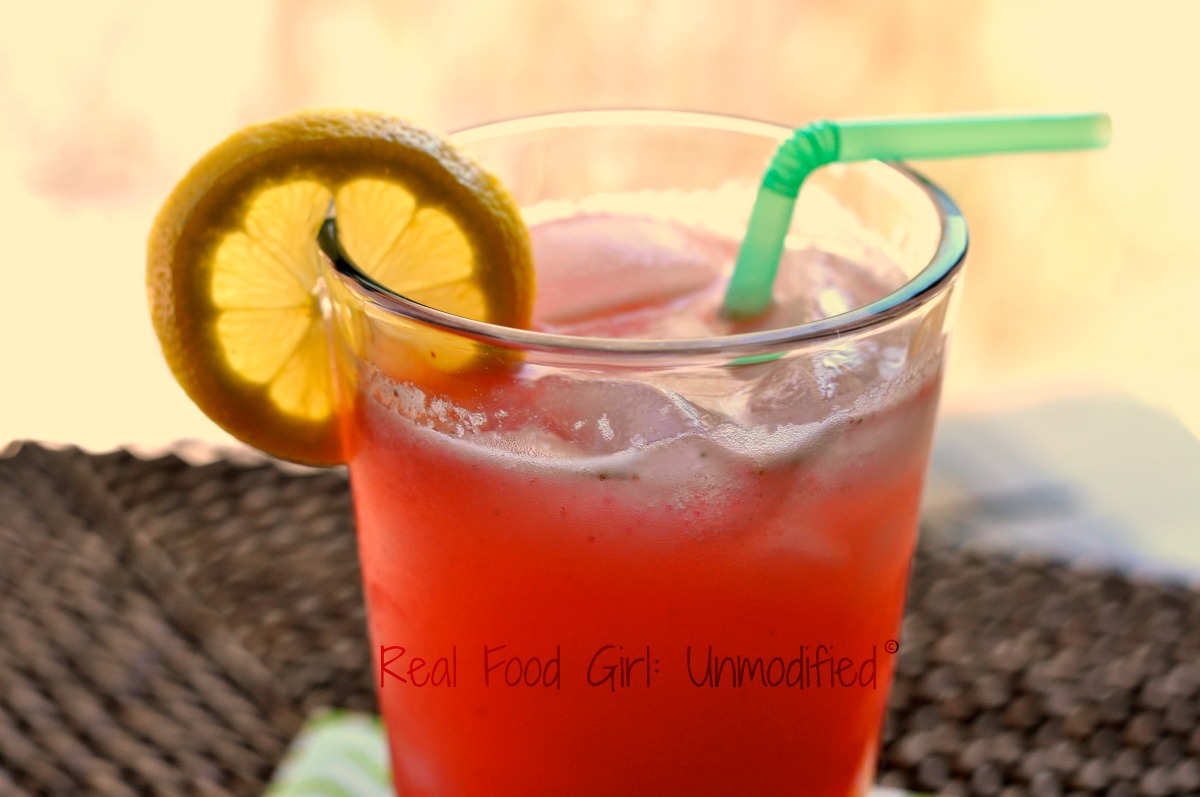
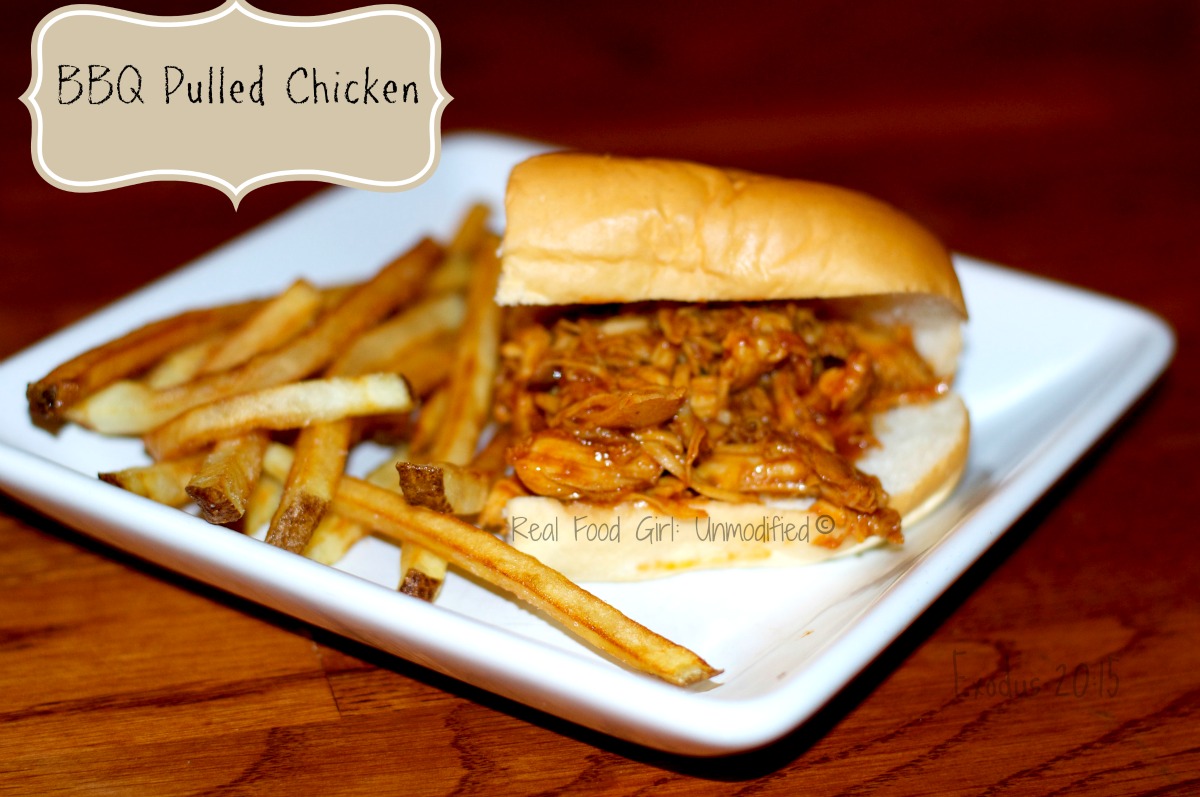
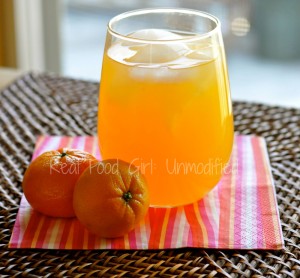
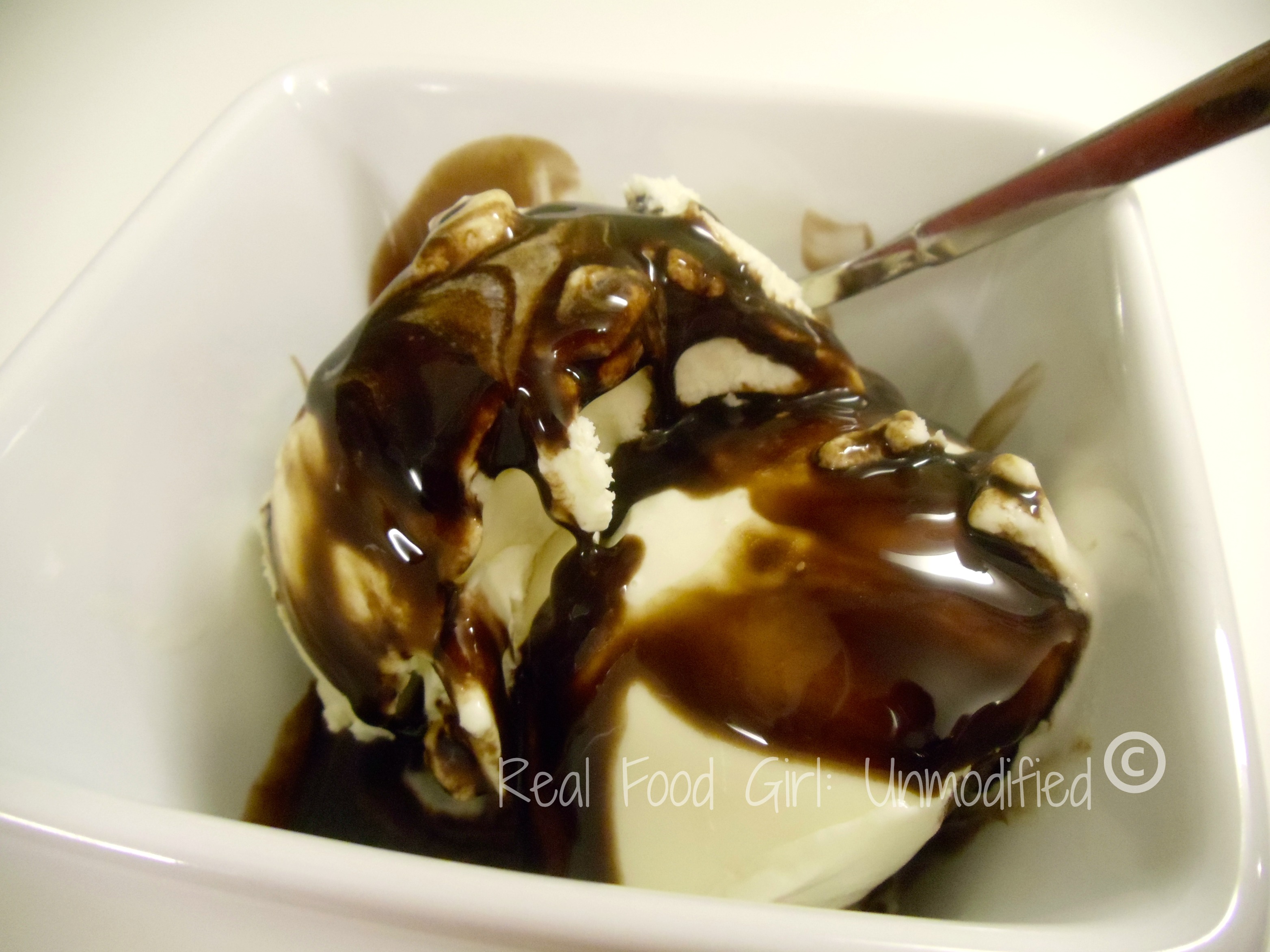
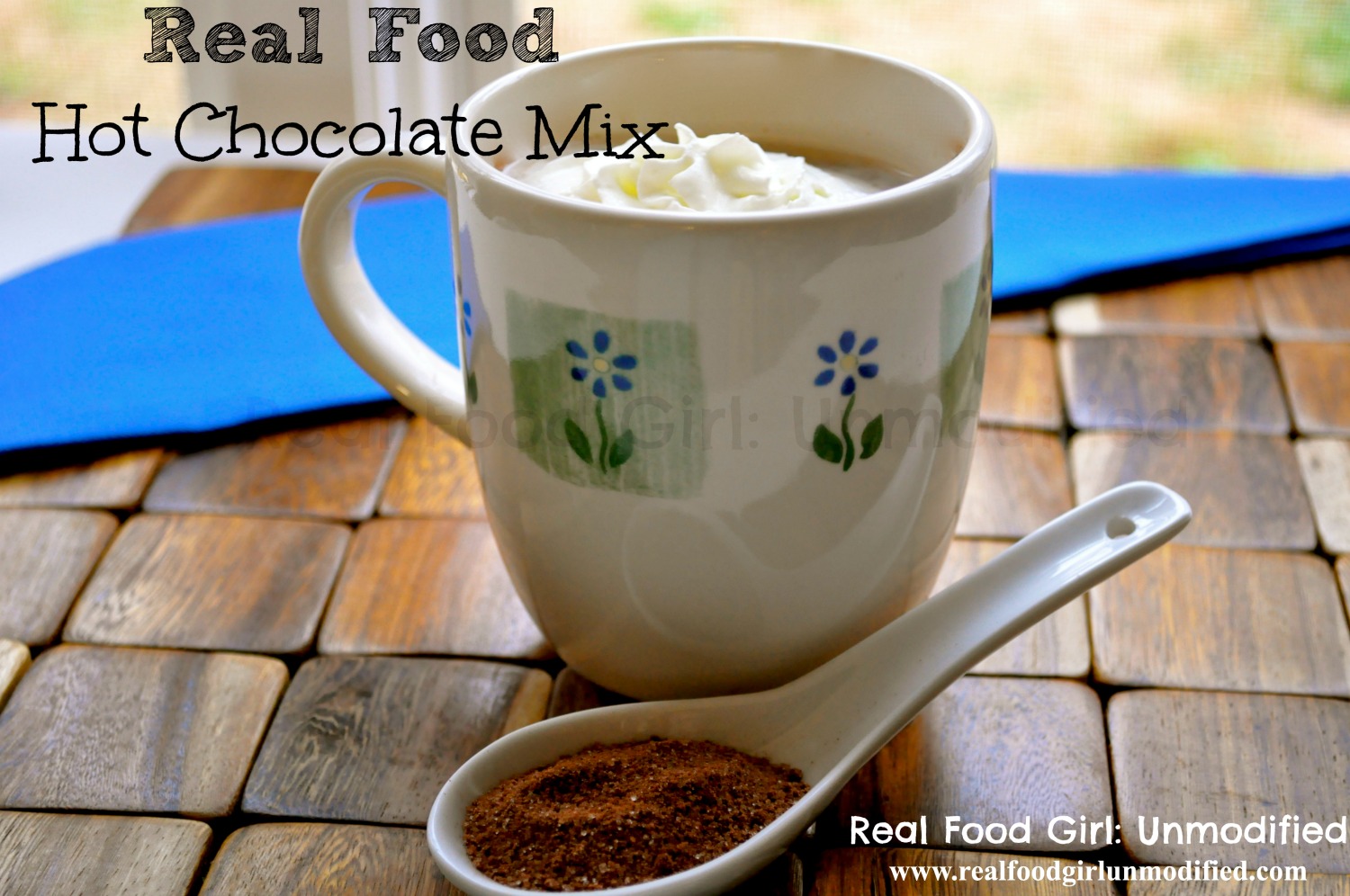
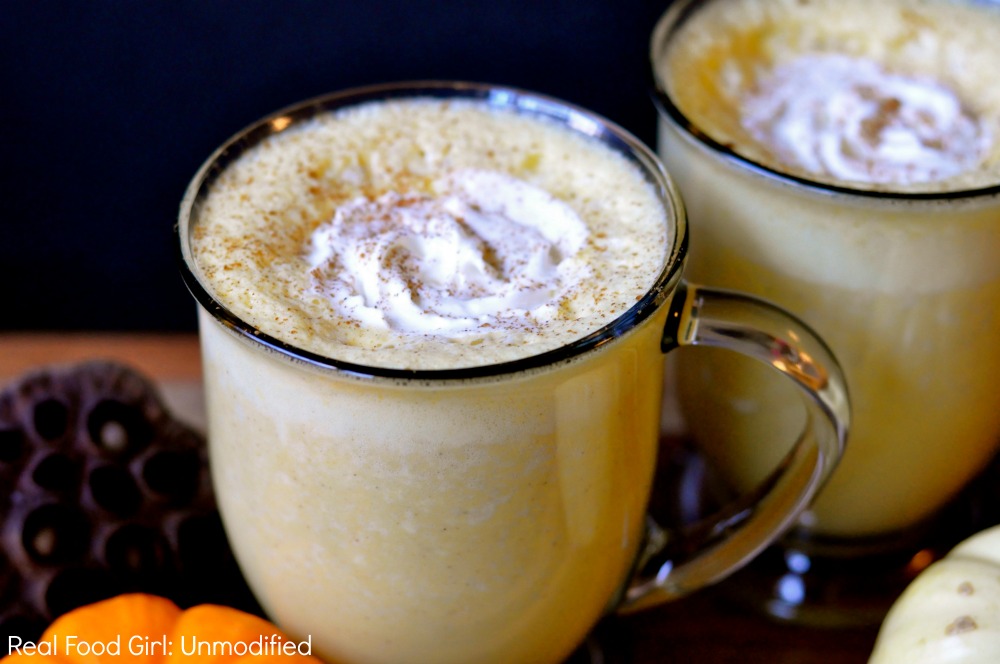
21 Comments
Pingback:
Pingback:
Marji
want to know if oranges are absolutely needed in this recipe – I ask as I’m a blood type O and oranges are on my no no list
Kristine Cocchiarella
You could substitute grapefruit for the oranges, or tangerines, clementines… Any citrus will work, really.
Pingback:
Pingback:
Pingback:
Pingback:
Pingback:
Pingback:
Pingback:
Pingback:
Pingback:
Carmen
Would this work with raw honey for a sweetener?
Real Food Girl
You can try it. It honestly doesn’t need anything, but to cut the saltiness (I have a very sensitive/discerning palate) I added liquid organic Stevia. Just a few drops. Play around- experiment. Make it your own. 🙂 Hope this helps!
Shasta
Would putting the fruit through a juicer be good? You would get a lot of benefits this way. Also, have you ever heard of mixing black-strap molasses and apple cider vinegar (with the mother) with water to replace electrolytes?
Real Food Girl
There are many ways to replace electrolytes. Coconut water is a great one for example. I have not heard about using the mother and the ACV with molasses. I don’t see any reason why you couldn’t put the fruit through a juicer- I just juiced the fruit by hand. Give it a try. 🙂 It certainly can’t hurt.
Brion burger
Try pink salt instead of sea salt… Super natural…. Google that pink salt and you will find out what is more benefit.
Real Food Girl
I actually have some pink salt here at home.
Rachael
Looks awesome! I add a pinch of real sea salt to my drinks sometimes to ramp up the electrolytes and I cook with it with abandon! Thanks for sharing this, and helping people find an alternative!
Real Food Girl
You bet! Thanks Rachael. I hope you like this drink.